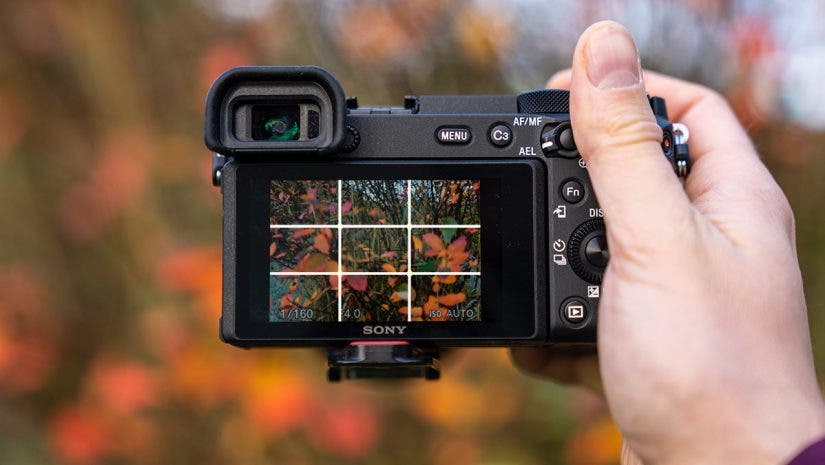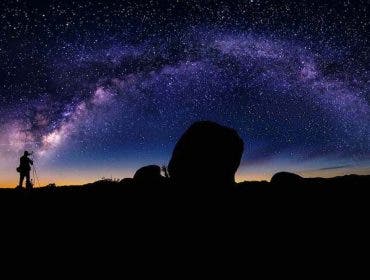You’ve likely heard about the rule of thirds when it comes to photography composition. It’s often the tool that will help you achieve the proper balance and visual effectiveness in your images. But mastering the rule of thirds — and then learning when to break that rule — is key to elevating your photographs.


What is the Rule of Thirds in Photography?
The rule of thirds in photography is a composition technique that positions the subject at one-third of one or two of the photograph’s edges. The purpose is to create more interesting and appealing compositions. With deep roots in art and architecture, it is one of the most common composition rules.
To apply this in photography, you have to divide the frame into nine equal rectangles using two vertical and two horizontal parallel lines. Then, place the subject at one of the lines’ intersections or along one of them. You can either move the subject (e.g., when photographing a model) or change the camera’s position (e.g., when photographing a landscape) until you reach the perfect framing.
Remember to check if the rule of thirds applies when post-processing the images. Resizing and cropping may affect the framing. Luckily, photo editors provide grids and marks to help you visualize the thirds of the image.

Why It’s Important
The rule of thirds is important because it creates a good balance between the elements in the frame. It helps you decide how much background and foreground are necessary for a visually appealing photograph. It also helps you manage the empty space, especially when your scene has plenty of it.
The viewers will most likely appreciate a composition that follows the rule of thirds. They will identify the subject faster and spend more time looking at the photograph. It makes the subject stand out without neglecting the rest of the frame, as it happens in a central composition.
As a result, the viewers will be interested in what happens around the subject. This adds depth to the photograph and helps you create an impactful visual story. By using it, you can add context, such as location and time. You capture the subject in its environment and create a strong narrative line.

When to Use Rule of Thirds in Photography
The rule of thirds in photography is the go-to for composition when nothing else comes to mind. You can use it most of the time. Of course, you should diversify your portfolio and try other composition techniques too.
It is often used for landscape photographs because it helps appealingly divide the space. It dictates the proportion between sky and land, for example. The rule of thirds is also used for portraits, especially for side portraits, because it allows you to give the subject perspective. You’ll find it in many still-life, architecture, and commercial photographs because balance is appealing and creates an artful look.

When to Break the Rule
Break the rule of thirds when other composition techniques work better with your scene (e.g., the golden rule, the golden triangle). Sometimes, the scene asks for a particular framing. Don’t force it.
You may also want to break the rule of thirds when you focus on symmetries or fill the frame with your subject. Take a moment to observe the scene and decide what you want to convey and how you want to do it. If you are unsure how to frame it, take several photos framing them differently and see which one fits your purpose best.
Of course, to ignore the Golden Section, a.k.a. the Rule of Thirds, is to ignore the natural order of the very universe we live in. The rule of thirds “grid” really can serve you well. It can and should often serve as the foundation of a compelling image, much as a firm and solid foundation should be the basis of every house or skyscraper.






